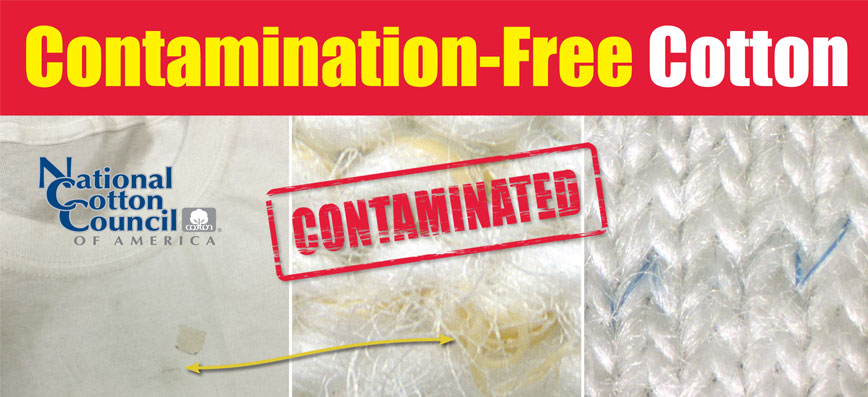Avoiding contamination will be job 1 in 2018 for the U.S. cotton industry.
John Hart 1
Cotton farmers are beginning the new crop year with optimism as prices are expected to stay above 70 cents. Credit strong export demand and tightening world stocks for the bullish 2018 outlook.
At the Deltapine NPE (New Product Evaluator Summit) in Savannah in December, Ed Jernigan, the CEO of Jernigan Global, forecasted prices in the 75 cents per pound range with the greater need for higher quality, machine-picked cotton driving stronger demand. He also pointed to the end of “fast fashion” that favors polyester with mills expected to move to more cotton for higher quality apparel.
Smaller crops in India, Pakistan and China help with the U.S. expected to enjoy a greater share of world trade in 2018. The outlook is good, but with the good outlook comes the continued call for quality. More customers will be looking to U.S. cotton and the industry must do all it can to keep the quality parameters of U.S. cotton high.
Avoiding contamination will be job 1 in 2018. This is a top priority for the National Cotton Council that Council Chairman Ronnie Lee hit home in an interview with Southeast Farm Press editor Brad Haire.
“Over the years, U.S. cotton has had an excellent reputation with global cotton customers as a source of contamination-free cotton. Unfortunately, based on an increase in complaints that we are receiving from mills, our reputation and our ability to receive a premium in the market is under serious threat,” Lee, a Bronwood, Ga. producer and ginner, said.
The National Cotton Council has a website dedicated to getting the word out on best practices with regard to handling cotton to prevent contamination. The website lays out steps for keeping cotton clean with the Council calling for “zero tolerance” when it comes to lint contamination.
Fierce competition, both from manmade fiber and other cotton producing countries, is not going away. Higher quality can give U.S. cotton an edge. At the NPE Summit, Jernigan said the strong demand for machine-picked cotton will strongly favor U.S. cotton. Ensuring quality by taking steps to avoid contamination is paramount.
Source: Delta Farmpress


